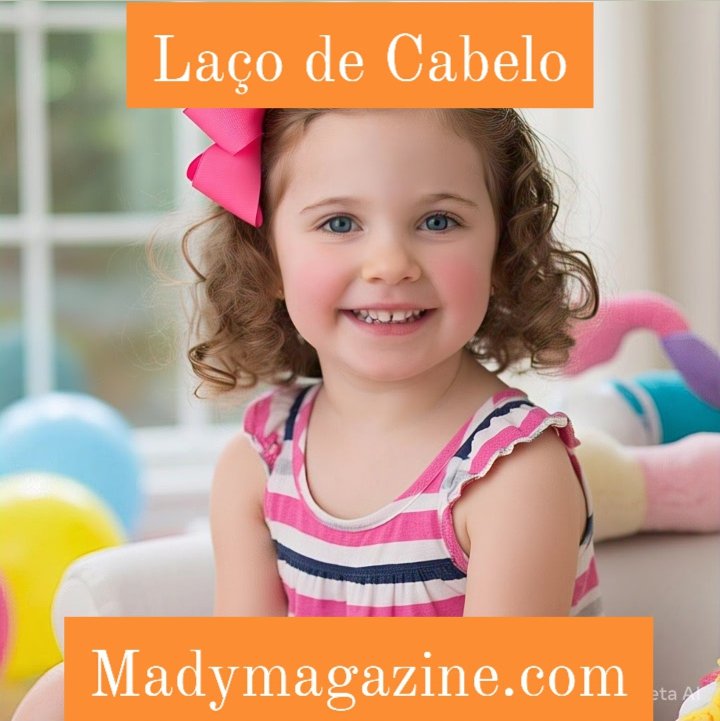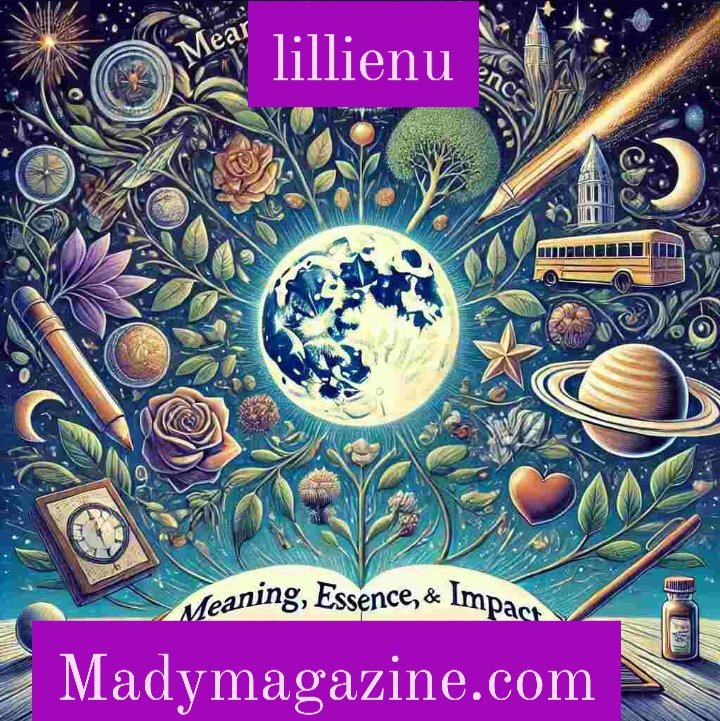
Introduction
In the age of social media, where appearances often take center stage, the phenomenon of “fotos fakes no espelho” (fake photos in the mirror) has emerged as a curious trend. From manipulated selfies to misleading angles, people are increasingly posting images that don’t reflect their real selves—literally and figuratively. These fake mirror photos are not just limited to filters or basic editing; they often go deeper into digital deception, identity misrepresentation, and even psychological effects on viewers and creators alike.
The term “fotos fakes no espelho” primarily originates from Portuguese-speaking communities but is globally relevant. Whether it’s a perfectly posed gym selfie that hides body flaws or a heavily filtered image that alters someone’s entire appearance, this trend is shaping online perceptions in ways that deserve closer inspection.
Is it simply about vanity and fun, or is there something more concerning behind the mirrors of Instagram and TikTok? Let’s unpack the layers of this visual deception.
Understanding the Concept of Fake Mirror Photos
The phrase “fotos fakes no espelho” literally means fake photos in the mirror, but its connotation goes beyond just doctored images. These are pictures taken in front of mirrors that are either digitally edited or staged to mislead the viewer. The mirror acts as both a literal and metaphorical tool—used to reflect an image, but also to distort reality.
یہ تصاویر اکثر جان بوجھ کر اس انداز میں لی جاتی ہیں کہ دیکھنے والے کو غلط تاثر ملے—for example, someone may push their body out or use strategic lighting to appear slimmer or more toned. In other cases, advanced photo-editing apps like Facetune, Photoshop, or Snapseed are employed to modify the shape of the body or facial features.
In this space, authenticity is often sacrificed for aesthetics, and the mirror becomes a stage where reality is blurred.
Why People Create Fake Mirror Photos

One of the key motivations behind creating fake mirror photos is the desire for social validation. Platforms like Instagram and Snapchat thrive on visuals. The more attractive your images, the higher your engagement. People are conditioned to associate likes, comments, and followers with personal worth.
خود اعتمادی کی کمی بھی ایک بڑی وجہ ہے۔ Many individuals feel insecure about their natural appearance and resort to filters or editing as a coping mechanism. Some users even construct entire online personas that look nothing like them in real life.
This type of photo manipulation is also driven by online trends and challenges. Mirror selfies with exaggerated poses or enhanced features often go viral, incentivizing others to follow suit. In some cases, influencers and content creators create stylized fake photos to build a brand, attract sponsorships, or maintain a curated online identity.
While some may argue that it’s harmless fun or creative expression, the implications of this trend can be far-reaching.
The Psychological and Social Impact of Mirror Fakery
The effects of “fotos fakes no espelho” are not limited to the digital realm; they extend deeply into the mental health of both creators and viewers. For the person taking the fake photo, constant comparison and pressure to look perfect can lead to body dysmorphia, anxiety, and even depression. When your self-worth is tied to digital applause, you may find it hard to accept your unfiltered self.
Viewers, on the other hand, often compare their real lives to someone else’s staged moments. This comparison trap creates unrealistic beauty standards and fosters feelings of inadequacy. نوجوان لڑکیاں اور لڑکے خاص طور پر متاثر ہوتے ہیں، as they are still forming their identities and are highly impressionable.
Moreover, the culture of fakery erodes trust. When people realize that an influencer or friend has been misrepresenting their appearance, it can lead to disappointment or even anger. It undermines the authenticity of digital spaces and creates a social environment where everyone feels the need to perform rather than just be themselves.
Tools and Techniques Behind the Trend
Understanding how fake mirror photos are created helps us better recognize them. Some of the most common tools include:
- Photo Editing Apps: Apps like Facetune allow users to reshape their bodies, whiten their teeth, or remove blemishes. These edits are often subtle enough to look natural but are actually distortions of reality.
- Lighting Tricks: Proper lighting can change the way a body appears in the mirror. Shadow play can emphasize muscles or curves, giving an illusion of physical enhancement.
- Angles and Poses: Strategic posing can make a person look taller, slimmer, or more muscular. These tricks are commonly shared among influencers and fitness models.
- AI and Deepfake Tools: New technologies can generate hyper-realistic yet entirely false mirror images. These tools are becoming more accessible and increasingly harder to detect.
یہ سب تکنیکس اصل تصویر کو بدل دیتی ہیں، اور دیکھنے والے کو کچھ اور دکھاتی ہیں۔ In some cases, even clothes or backgrounds are added or removed using advanced editing tools.
The use of these methods raises ethical questions about digital honesty and the future of visual communication.
Ethical Concerns and Digital Responsibility
With the rise of “fotos fakes no espelho,” ethical dilemmas are surfacing. While some people consider photo enhancement a form of self-expression, others view it as deceptive and harmful. Where should we draw the line?
کیا حقیقت کو چھپانا دھوکہ دہی ہے؟ Or is it acceptable in a world where almost everything is filtered and curated? This question becomes especially important when the photos are used for commercial purposes—such as promoting a product or selling a service.
Influencers and celebrities often present unrealistic standards, consciously or unconsciously influencing their followers. Platforms like Instagram have started labeling edited photos in certain regions, but this measure is still limited in scope.
As digital citizens, we have a responsibility to promote authenticity and question what we see online. Encouraging transparency and celebrating natural beauty can help counter the damaging effects of fake mirror photos.
How to Identify Fake Mirror Photo

Identifying a fake mirror photo isn’t always easy, especially when high-quality tools are used. However, there are some telltale signs:
- Distorted backgrounds: Look at the lines and objects behind the person. If they appear bent or warped, it’s likely that the image has been edited.
- Unnatural body proportions: Over-edited features may look too perfect or anatomically improbable.
- Reflection inconsistencies: The reflection in the mirror should match the actual subject. If there’s a mismatch, something has been altered.
- Overuse of filters: Filters that drastically change skin tone, texture, or lighting can be red flags.
اگر کوئی تصویر حد سے زیادہ اچھی لگ رہی ہو تو شاید وہ جعلی ہو۔ A critical eye and a dose of skepticism can go a long way in navigating the fake photo landscape.
Conclusion
The trend of “fotos fakes no espelho” is a reflection—pun intended—of our digital culture. While it may start as harmless fun or artistic expression, it often spirals into something much more damaging. From mental health issues to the erosion of authenticity, the impact of fake mirror photos is significant.
In a world obsessed with perfection, it’s crucial to embrace imperfection. Recognizing and resisting the pressure to conform to unrealistic standards can help build healthier, more genuine online communities. خود کو قبول کرنا سب سے بڑی خوبصورتی ہے۔ Let’s aim for mirrors that reflect truth rather than illusions.
FAQs
Q1: What does “fotos fakes no espelho” mean?
A1: It is a Portuguese term that translates to “fake photos in the mirror.” It refers to edited or staged mirror selfies that mislead viewers about a person’s true appearance.
Q2: Why do people create fake mirror photos?
A2: People often edit their mirror selfies for social validation, to hide insecurities, follow trends, or build a curated online identity.
Q3: How can I tell if a mirror photo is fake?
A3: Look for signs like warped backgrounds, mismatched reflections, overly perfect features, and excessive use of filters.
Q4: Are fake mirror photos harmful?
A4: Yes, they can damage mental health by promoting unrealistic beauty standards and cause trust issues in digital spaces.
Q5: Is it ever okay to edit mirror selfies?
A5: Minor edits for lighting or color correction are generally acceptable, but excessive manipulation that alters reality can be misleading and ethically questionable.





